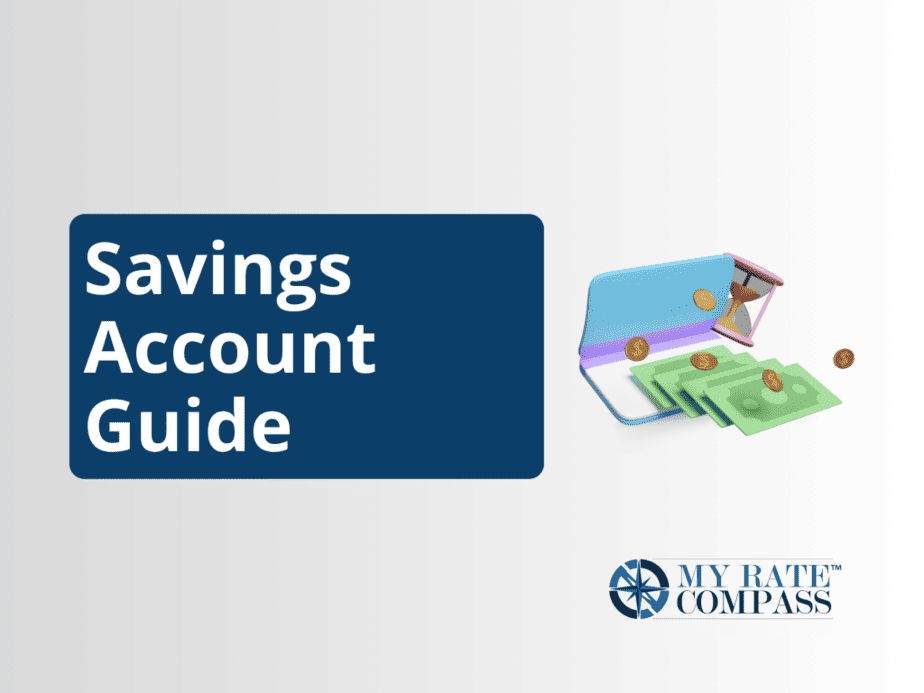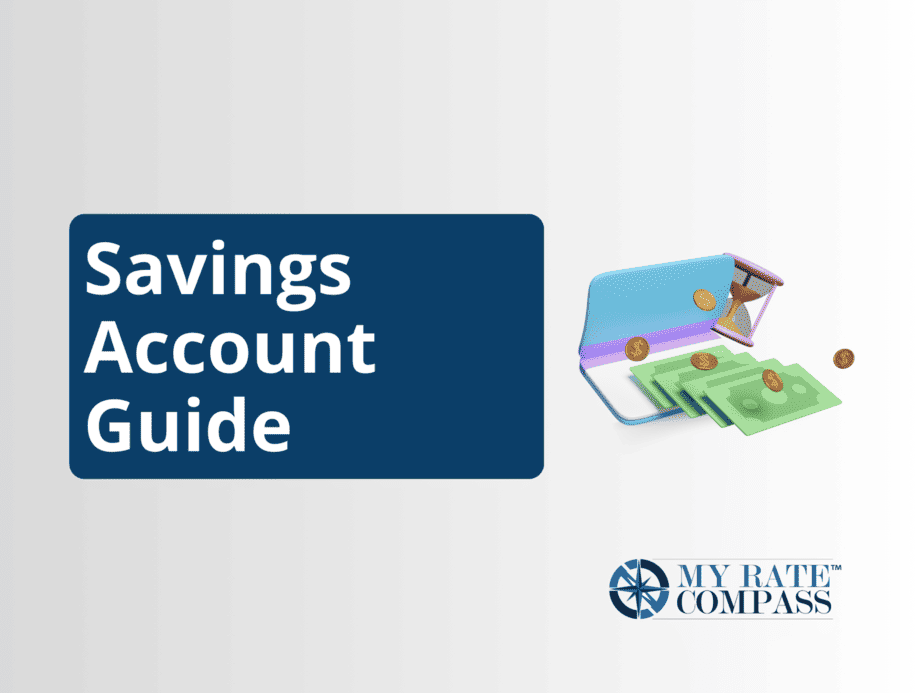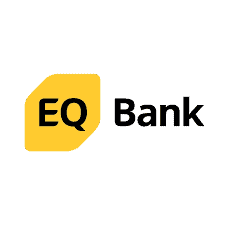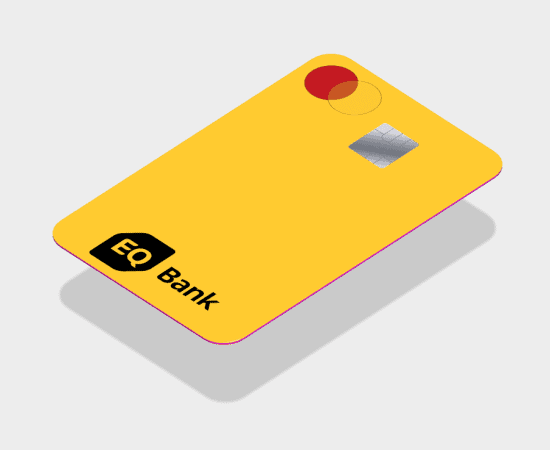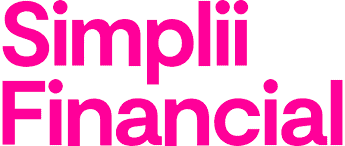Savings Account Guide: What You Need to Know
Learn the basics of savings accounts and how they can help you reach your short-term financial goals.
What is a Savings Account?
A savings account is a bank account that pays interest on your deposits. They’re available through the Big 5 banks and online-only self-serve banks.
Savings accounts aren’t for your daily transactions (that’s what chequing accounts are for). And they aren’t for long-term goals like retirement. Instead, they provide a safe and accessible place to stow and grow your money in the short term.
How is a Savings Account Different from a Chequing Account?
Chequing accounts typically include unlimited transactions, cheque-writing privileges, and are linked to a debit card.
Savings accounts, on the other hand, may come with a limited number of free withdrawals. It used to be that savings accounts only included one, or maybe a few, transactions per month. But with the rise of online-only banks, this trend is shifting, and some now offer unlimited transactions. They may or may not link to a debit card and rarely include cheques. In this way, funds in a savings account are less accessible than money in a chequing account.
If this sounds inconvenient, remember the purpose of a savings account. They’re not for day-to-day spending; they’re for stashing and growing money you want to save.
Savings accounts also differ from chequing accounts in terms of fees. While there are free chequing accounts available, many come with a monthly fee. Savings accounts generally don’t. You may be charged a transaction fee if you exceed your monthly withdrawals, though.
The best feature of savings accounts? Unlike most chequing accounts, they pay interest on your deposits. That’s right: you earn money just by parking funds in a savings account. Sounds better than stashing your extra money under your mattress, right?
Savings Accounts vs. Chequing Accounts
|
Chequing Accounts | |
| Intended for: | Saving and growing your money | Day-to-day spending |
| Fees |
· No monthly fee · Per-transaction fee if withdrawals are exceeded |
· May have a monthly fee |
| Accessibility |
· May have a low number of withdrawals included each month · May or may not link to a debit card |
· Unlimited transactions · Linked to a debit card · Can write cheques |
| Interest | · Pays interest, usually monthly | · Doesn’t pay interest |
Why Use a Savings Account?
Here are a few reasons you might use a savings account:
Makes Saving Easier
The main reason to use a savings account is to, well, save!
Think about how hard it would be to save money if you only used your chequing account. All your money would be lumped together; you wouldn’t know what was for spending and what was earmarked for saving.
It makes much more sense to separate your funds. Money for bills and spending should go into a chequing account, and money dedicated to savings goals should go into a savings account. This makes it easier to manage your finances.
Savings accounts are best for short-term savings goals and for money you might need to access quickly. Examples include:
- An emergency fund
- A vacation
- A down payment on a house or car
- A bigger purchase like a furniture set or a new computer
Helps Grow Your Money Faster
Savings accounts aren’t just for organizing your money. They also help you make money, by paying interest.
Savings accounts pay a set interest rate on your deposits. Many accounts calculate your interest daily and pay it monthly (but check your terms to be sure). This is ideal because it leads to a magical thing called compound interest.
What is compound interest? It’s when you earn interest on interest. It’s easiest to illustrate with an example:
Say you have $1,000 in a savings account. The interest rate is 2% annually, and interest is calculated daily and paid monthly.
2% divided by 365 yields a daily interest rate of 0.005479%.
$1,000 x 0.005479% = $0.05479 in daily interest. So each subsequent day, your interest is calculated based on your initial $1,000 plus that $0.05479 you earned the day before. Your interest is earning interest! At the end of the month, you’ll get an interest deposit for $1.67.
Some accounts pay a higher interest rate when you maintain a minimum balance. Others offer special introductory rates for new customers. Taking advantage of these offers is a great way to grow your money faster.
Offers Security and Peace of Mind
It’s no secret that interest rates on savings accounts are low compared to the returns you might earn by investing in the market.
However, the potential for a higher return comes with the potential for loss. That kind of volatility is unattractive when you need your money in the short term or are uncomfortable with risk.
Think about it: how would you feel if your emergency fund took a 20% hit tomorrow?
Unlike mutual funds, ETFs, and stocks, savings accounts are risk-free. The value of a savings account will never decrease—there’s no risk of losing your principal. Even in the extremely unlikely event that your bank goes under, your funds are safe. This is because they are typically insured against loss by the CDIC (Canadian Deposit Insurance Corporation).
CDIC insurance covers deposits at member institutions up to $100,000 per insured category. Accounts held in just your name are insured separately from joint accounts. This means you can have up to $100,000 of insured funds in your account, plus another $100,000 in the joint account you share with your spouse, plus another $100,000 in the account you share with your child, etc.
It’s Accessible
Although savings accounts may not be as accessible as chequing accounts, your funds are never locked in and you can access them any time (although this might impact bonus rate offers). This isn’t the case with some other savings vehicles, like non-redeemable GICs. This is another reason savings accounts are great for short-term savings.
Drawbacks of Savings Accounts
As previously mentioned, savings accounts are often less accessible than chequing accounts because they may not be linked to a debit card or include cheques. There may also be fees attached if you do multiple withdrawals a month.
The main drawback of a savings account is that funds left there for a long time might not keep pace with inflation.
Again, savings accounts are not for long-term savings goals. The danger in treating them this way is that your money will lose spending power if the interest rates don’t match inflation rates.
The second drawback is that interest earned on a savings account is taxable. Your bank will send you a T5 slip and you’ll have to report it as income when you file your taxes. If you have the contribution room, holding a savings account within a Tax-Free Savings Account solves this problem.
Savings Account Pros and Cons
| Pros | Cons |
| · Facilitates saving | · May be less accessible than chequing accounts |
| · Helps grow your money | · May not keep pace with inflation |
| · Safe and secure | · Interest earned is taxable |
| · More accessible than other investments |
Types of Savings Accounts
It used to be that the Big 5 banks were consumers’ only options for getting any kind of bank account. They offered a few different savings accounts, including options for kids.
Now, Canadians have more options than ever before. Online-only banks offer self-serve accounts with attractive interest rates—perfect for people comfortable with online banking.
For those who prefer a brick and mortar bank presence, traditional banks still have you covered.
Here are a few types of savings accounts available to meet your needs:
Traditional Savings Accounts
These basic savings accounts are usually offered by traditional banks and pay a low interest rate. The benefit is that there’s face-to-face service if you need it, and you can usually use a debit card to access a network of ATMs.
High Interest Savings Accounts
Offered by online banks and traditional banks, these accounts pay higher interest rates. Online banks tend to offer the best rates, and you’ll often see introductory offers. For example, you might earn a special rate for the first six months. Sometimes offers depend on making a minimum deposit or maintaining a minimum balance, so make sure you understand the terms.
Online high interest savings accounts may not link to a debit card, so you need to be comfortable with online or mobile banking to make the most of them.
Tiered Savings Accounts
These accounts offer different interest rates based on your balance. The more you have on deposit, the higher your rate.
Kids’ Accounts
Starting a savings account for your kids is a great way to teach them about money. Most traditional banks offer free interest-bearing accounts for children that may include several withdrawals a month.
U.S. Dollar Savings Accounts
Many banks offer U.S. dollar savings accounts for people who want to stash U.S. funds for an upcoming trip. This makes it easy to watch the rate and buy funds online when it’s favourable. Note that U.S. accounts are not CDIC-insured.
How to Open a Savings Account
You can open a savings account in person at a traditional bank or online. You’ll need to provide your:
- Name
- Address
- Telephone number and email address
- Date of birth
- Occupation
- Social Insurance Number (so the bank can issue a T5 for tax purposes)
If you open an account in person, you’ll need two pieces of valid ID (see ID requirements here). For online applications, you might be asked to provide ID details, like your driver’s licence number.
